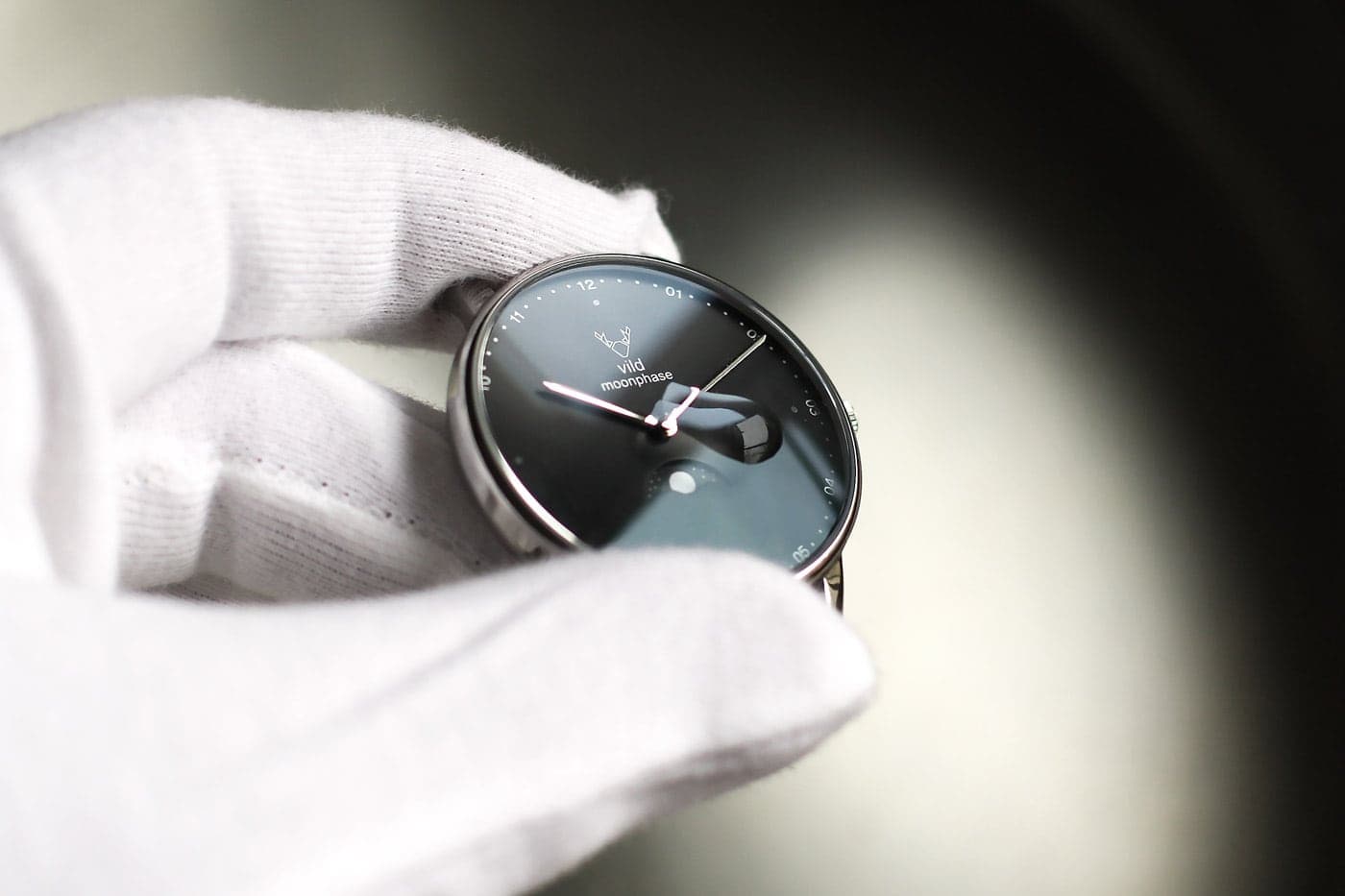What is special about sapphire glass

Properties of sapphire glass & comparison to other watch glasses
Sapphire crystal
Contrary to what one might assume from the name, sapphire glass is not glass, but consists of synthetically produced sapphire with a crystalline structure. The Sapphire is a rare gemstone which in its natural form comes from Sri Lanka, India, Australia or the USA.
Sapphire glass is particularly used in high-quality watches because it has a Mohs hardness of 9 (10 being the highest), and, simply put, only diamonds are harder. This makes it valuable not only due to its complex manufacturing process and structure, but also exceptionally hard. While sapphire glass is not 100% scratch-resistant, it is extremely rare for scratches to be caused by particularly hard materials combined with strong force. Scratches are often mistakenly confused with aluminum abrasions, which can be quickly and easily removed with a rubber band. Sapphire glass can break under very strong localized pressure from a hard object.
Why doesn't every watch manufacturer use sapphire glass for their models? On the one hand, it is complex and expensive to produce Secondly, the crystalline structure causes stronger light refraction and thus also greater reflection. Only innovative anti-reflective coatings can overcome this disadvantage, but they also entail additional costs.
In comparison: mineral glass
Mineral glass is made of silicon oxide and can be refined or further hardened by adding various oxides. However, even after refinement, mineral glass does not achieve the scratch resistance comparable to sapphire glass. Its advantage over plastic glass is that it is significantly harder and does not yellow over time. However, mineral glass can break into tiny pieces, which in the worst case can damage the watch movement.
In comparison: plastic glass
Plastic glass was the first to be used in watches and is also known as hesalith glass, plexiglass or acrylic glass. The first watch on the moon, the Omega Speedmaster Moonwatch, had and still has so-called hesalith glass in its original version because the plastic glass cannot shatter into tiny pieces and therefore poses no danger to sensitive instruments. Other advantages are the plastic's low weight and extremely low light reflection. Compared to sapphire glass and mineral glass, however, it is much more susceptible to scratches and can let small amounts of water through under strong water pressure. Fine scratches on plastic glass can be polished out because it is relatively soft. The glass can yellow over time due to the effects of UV rays.
Use of sapphire glass
Currently, only a few manufacturers worldwide are capable of producing sapphire crystal in complex shapes. This is especially true for domed sapphire crystal, which is still often considered unfeasible. The producers are located in Switzerland, France, and some in Asia.
Another important innovation of the 21st century is the scratch-resistant coating against light reflections. With a double-sided coating, light is barely reflected, making the watch crystal barely visible, which creates a particularly striking effect with domed sapphire crystal.
Nowadays, manufacturers of renowned luxury watches almost exclusively use sapphire crystal in their watches, as it offers significant advantages despite its higher cost and increases the value of the watch to a certain extent. The models pictured feature sapphire crystal, which contributes to the watch's high-quality appearance.
Production: Sapphires
The precious blue gemstones are imported from Australia, Sri Lanka, India, Africa, or the USA. The world's largest sapphire to date is valued at approximately 90 million euros and was found in Sri Lanka.
Sapphire glass, however, is not mined sapphires, but rather a complexly produced crystalline glass that resembles the structure of sapphires. Briefly explained, a small piece of sapphire is heated with aluminum oxide to over 2,000°C until a glowing glass bulb forms. The resulting sapphire glass is sliced and then ground and polished. This can only be done with diamond discs and diamond powder, as no other material would be hard enough. The exact manufacturing process and mechanisms are known or accessible to only a few manufacturers on the market.
Check: how do I recognize sapphire glass?

At first glance, it's difficult to tell whether a watch crystal is made of valuable sapphire crystal or cheaper mineral glass. While domed and double-coated sapphire crystal, in particular, creates a very high-quality effect that clearly highlights the dial, this effect could also be achieved from a distance with plastic crystal.
Thanks to the unique crystalline structure of sapphire glass, a simple test at home can quickly confirm authenticity:
For a direct comparison, it's best to use a watch with mineral glass or a conventional glass. First, clean the surfaces of the watch with the sapphire crystal to be tested and the mineral glass until all grease and dirt particles are gone. Then, place both watches side by side.
Now place a drop of water onto the surface of each of the two watch glasses. This can be done gently with a fingertip previously moistened under the tap, for example, if you don't have a pipette.
If you tilt both watches at the same angle, the water droplet will run off the conventional or mineral glass much faster and also leave a streak. Due to the crystalline structure of sapphire, the water droplet will run off the sapphire crystal noticeably more slowly (only at a steeper angle) and will not leave a streak.

